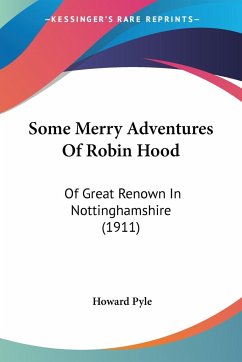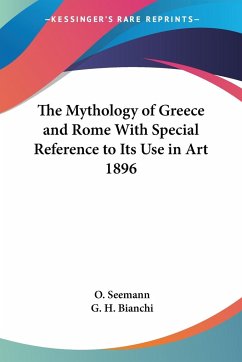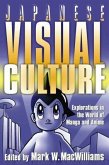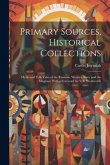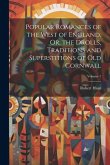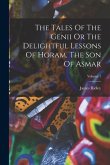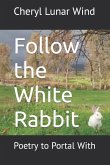Some people embrace the concepts of the weird, the odd, and the strange, forming subcultures of collective identities that allow individuals to enact a symbolic anarchical protest of conventional society. For the Merry Pranksters, this protest is achieved through twisting conventions of style, art, and spirituality. Dive into the adventure within this visual journey of artistic exploration as the Pranksters celebrate fifty years of DayGlo.
Hinweis: Dieser Artikel kann nur an eine deutsche Lieferadresse ausgeliefert werden.
Hinweis: Dieser Artikel kann nur an eine deutsche Lieferadresse ausgeliefert werden.


